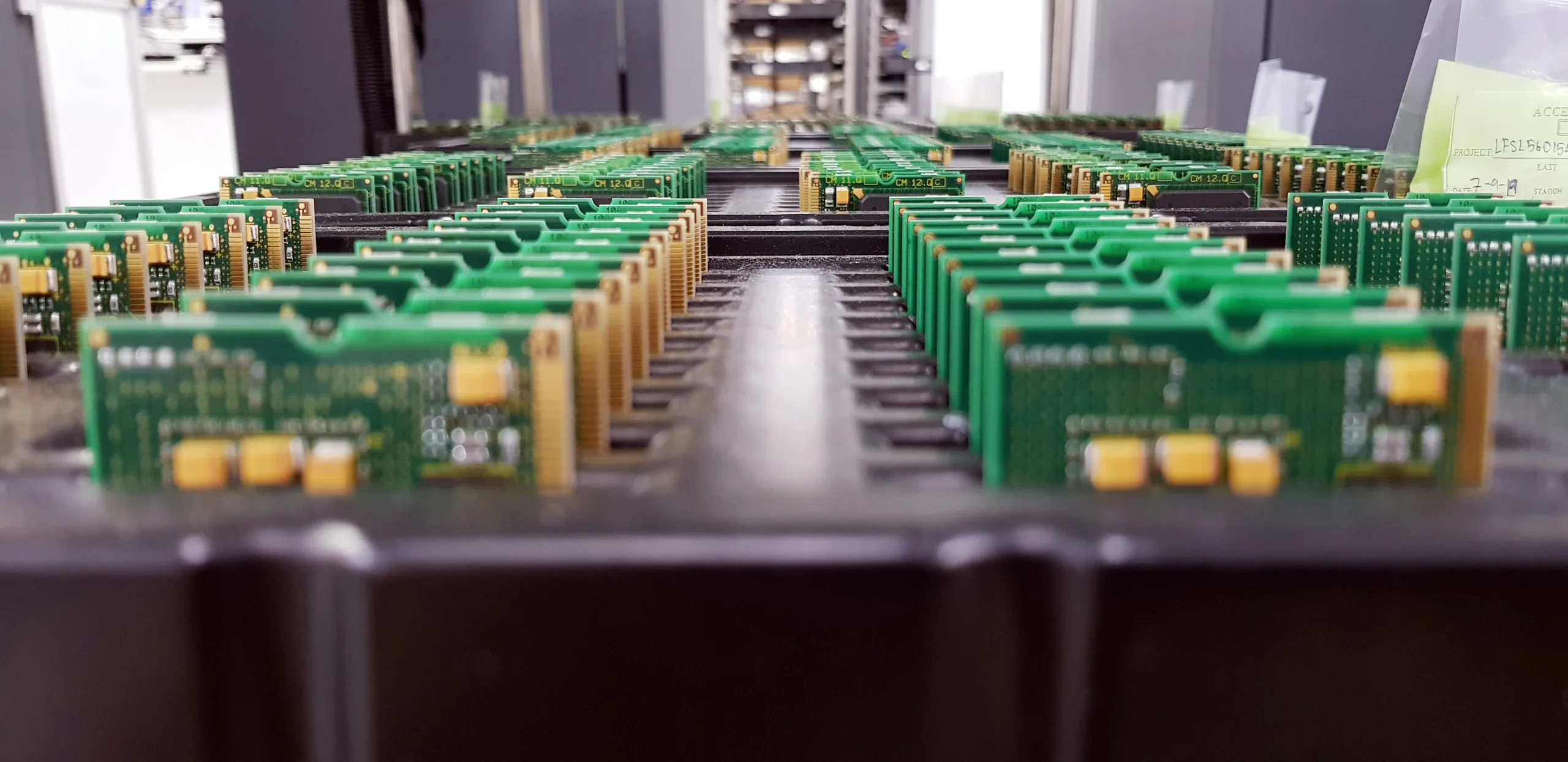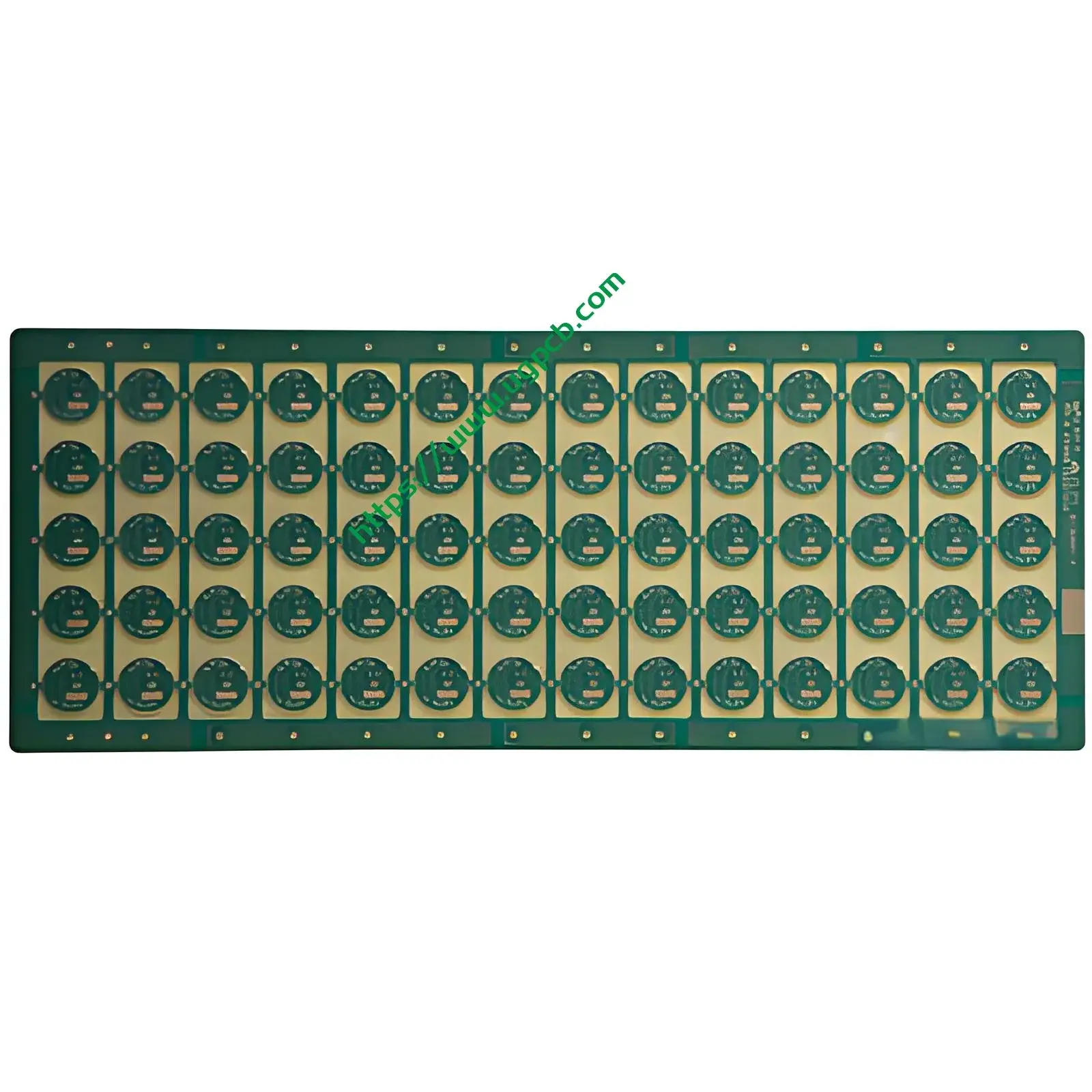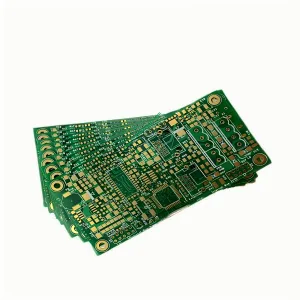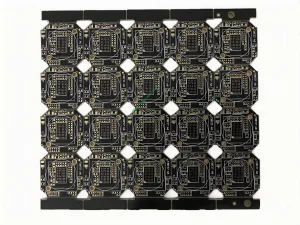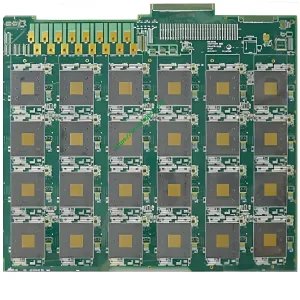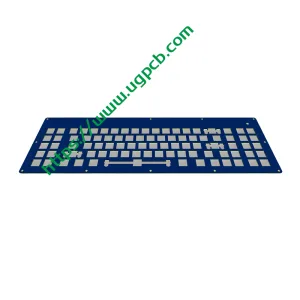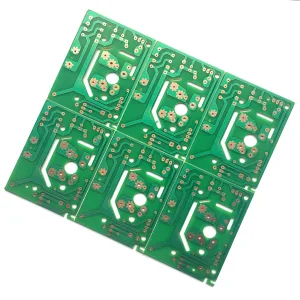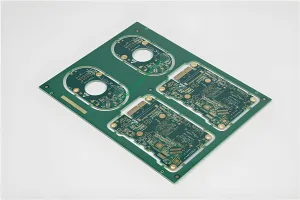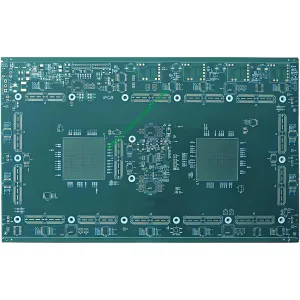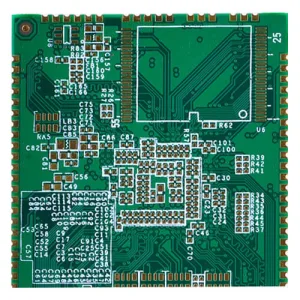Introduction to UGPCB Micro PCB Solutions
UGPCB specializes in manufacturing Micro PCB E Ultra Small Size PCB prodotti, designed for high-density, compact electronic applications. Questi PCB feature a 0.6mm finished thickness, 4-layer construction, and precise 6mil trace/space capabilities, making them ideal for advanced PCB and PCB projects in industries like IoT, dispositivi medici, ed elettronica di consumo. With gold-plated surfaces and FR-4 material, UGPCB ensures reliability and performance for demanding environments.
What Are Micro PCBs and Ultra Small Size PCBs?
Micro PCBs E Ultra Small Size PCBs refer to circuiti stampati with exceptionally small dimensions, such as UGPCB’s minimum finished board size of 0.5mm x 1.0mm. These boards support high component density and are engineered for applications where space is limited. They are a key component in miniaturized Progettazione di circuiti stampati E advanced assemblaggio PCBA, enabling sleeker and more efficient electronic products.
Key Design Considerations for Micro PCBs
Durante la progettazione Micro PCBs, engineers must account for several factors to ensure functionality and manufacturability:
-
Trace and Space Requirements: UGPCB’s minimum trace and space of 6mil (0.15mm) demand precise Disposizione del circuito stampato techniques to avoid signal interference.
-
Layer Management: The 4-layer structure allows for separated power, terra, and signal layers, optimizing PCB ad alta velocità prestazione.
-
Trattamento superficiale: Gold-plating with 0.2μm thickness enhances conductivity and corrosion resistance, critical for reliable PCBA processes.
-
Selezione del materiale: FR-4 material provides excellent thermal and mechanical stability, Supporto durable Produzione di PCB.
How Micro PCBs Work: Basic Principles
Micro PCBs function by interconnecting electronic components through conductive copper traces embedded in insulating layers. In UGPCB’s 4-layer design, signals are routed efficiently to minimize noise and crosstalk, Supporto complex PCB circuitry in ultra-small formats. This makes them suitable for low-power PCB applications E high-density PCBA integration, where precise electrical pathways are essential.
Applications and Uses of Micro PCBs
UGPCB’s Micro PCBs are versatile and used across various sectors:
-
Tecnologia indossabile: For fitness trackers and smartwatches requiring compact PCB solutions.
-
Internet delle cose (IoT): Enabling small sensors and connected devices with efficient PCBA designs.
-
Elettronica medica: In implantable devices and diagnostic tools where reliable micro PCB performance is critical.
-
Elettronica di consumo: Powering smartphones, droni, and other portable gadgets with space-saving PCB layouts.
Classification of Micro PCBs
Micro PCBs can be categorized based on their specifications:
-
By Size: Ultra small size PCBs (per esempio., sub-1mm dimensions) versus standard micro PCBs.
-
Per conteggio strati: Single-sided, a doppia faccia, o multistrato (like UGPCB’s 4-layer boards) per custom PCB projects.
-
Per applicazione: High-frequency, flex-rigid, or standard FR-4 boards tailored for specialized PCBA services.
Materials Used in UGPCB Micro PCBs
UGPCB employs Materiale FR-4 for its Micro PCBs, a flame-retardant epoxy laminate known for:
-
High Dielectric Strength: Ideal for insulated PCB designs.
-
Resistenza termica: Withstands soldering temperatures during assemblaggio PCBA.
-
Efficacia in termini di costi: Balances performance and affordability for volume PCB production.
Performance Specifications of UGPCB Micro PCBs
Key performance metrics include:
-
Spessore finito: 0.6mm, Supporto slim PCB profiles for tight spaces.
-
Spessore del rame: 1OZ, ensuring adequate current carrying capacity for stable PCB operations.
-
Durata: Gold-plating (0.2μm) resists oxidation, enhancing long-term PCBA reliability.
-
Operational Range: Suitable for wide-temperature PCB applications, from -50°C to 110°C.
Structural Details of 4-Layer Micro PCBs
UGPCB’s 4-layer Micro PCBs consist of:
-
Top and Bottom Layers: For component placement and routing.
-
Strati interni: Dedicated to power and ground planes, reducing EMI in noise-sensitive PCB systems.
-
Via Structures: Microvias or through-holes facilitate inter-layer connections, crucial for complex PCBA layouts.
Key Features and Benefits of UGPCB Micro PCBs
-
Ultra-Small Size: Abilita miniaturized electronics with boards as small as 0.5mm x 1.0mm.
-
Alta precisione: 6mil trace/space supports detailed PCB artwork E fine-pitch PCBA components.
-
Maggiore affidabilità: Gold-plating and FR-4 material ensure robust PCB performance in harsh conditions.
-
Cost-Efficiency: Streamlined production processes reduce costs for high-volume PCB orders.
Production Process of Micro PCBs
UGPCB’s manufacturing workflow includes:
-
Progettazione e fabbricazione: Using CAD software for PCB layout optimization.
-
Layer Lamination: Bonding FR-4 layers with copper foils.
-
Etching and Drilling: Creating traces and vias with 6mil precision.
-
Trattamento superficiale: Applying gold-plating for corrosion-resistant PCB finishes.
-
Test e controllo di qualità: Ensuring each board meets industry PCB standards per error-free PCBA integration.
Common Use Scenarios for Micro PCBs
These PCBs are ideal for:
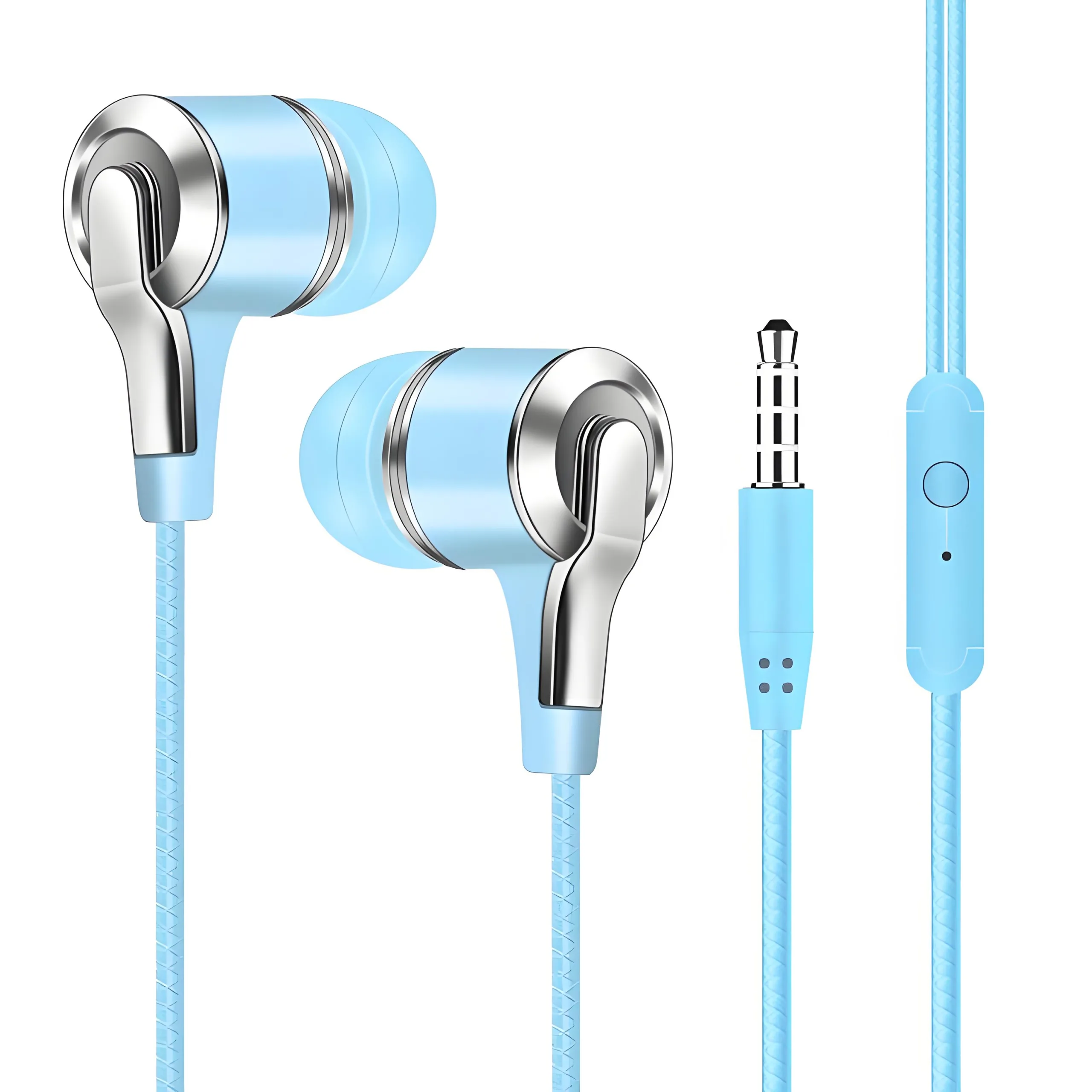
-
Portable Devices: Such as headphones and GPS units, Dove lightweight PCB designs are essential.
-
Industrial Sensors: For monitoring systems requiring alta densità PCB components.
-
Elettronica automobilistica: In control modules leveraging durable PCBA assemblies.
-
Aerospace Systems: Dove reliable micro PCB performance under extreme conditions is mandatory.
 LOGO UGPCB
LOGO UGPCB
